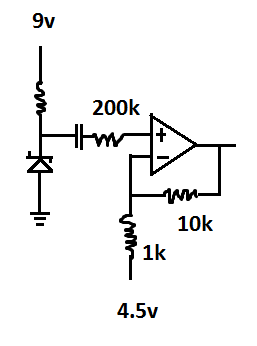deepsatchel
Newbie level 6

I am attempting to amplify an AC input signal in the ± 15 µV ballpark. Would you expect this op amp to rectify the signal? I see the maximum input figure, but no minimum figure! Does this op amp not "see" small signals?
**broken link removed**
How can I be sure that a given op amp will respond to ~ µV differentials?
**broken link removed**
How can I be sure that a given op amp will respond to ~ µV differentials?





